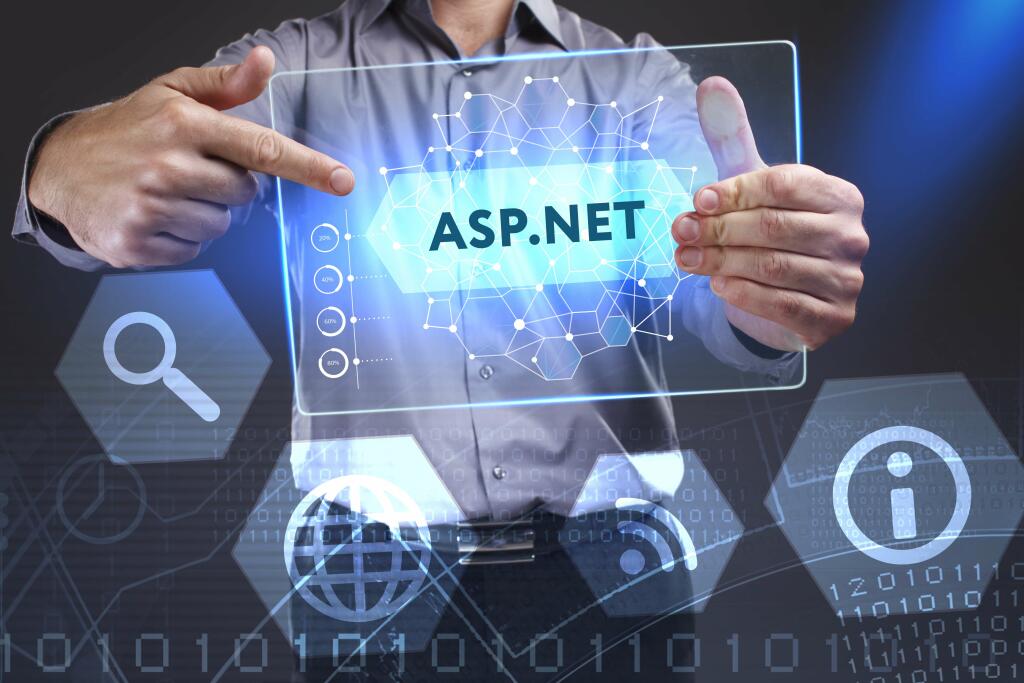Content
- frequent documentation and assessment is required 2 RN check off at beginning
- Which operating system is used in embedded system?
- Difference between Computer and Embedded System
- Advantages and Disadvantages of General Purpose Operating System
- What is embedded system with example?
- Use the fact situation in Q10 to answer the related question that follows The
- Memory Management
- General-Purpose Systems
Build your knowledge with top universities and organisations. An example of an embedded system is a pacemaker, a small device placed inside a person that monitors and controls their heartbeat to ensure it is beating regularly. If the sensors pick up that the heart rhythm is abnormal, the device sends electrical pulses to the heart to regulate the heartbeat. Many GPOS are available in open source like Unix/Linux. These may be executed easily on the system without any cost. General Purpose uses several techniques, including memory segmentation, paging, and swapping.
Linux is a widely used operating system in embedded systems. It’s used in cellphones, TVs, set-top boxes, car consoles, smart home devices, and more. General-purpose processors are the target processors that probably first come to mind to anyone writing a computer program. GPPs are the processors that power desktop computers and are at the center of the computer revolution that began in the 1970s. The ability to run many different pieces of software allows a general-purpose system to be quite versatile in terms of the types of tasks it can perform. Software can be added, updated, and removed fairly easily, which alters the functionality of a system.
A general-purpose system is a computer system that can be programmed to perform a large number of tasks. General-purpose computers are designed so that users or devices can interact with them in a variety of ways to meet a broad range of needs. Embedded systems software can be defined as specialized programming tools what is an embedded system in embedded devices that facilitate the functioning of the machines. The software manages various hardware devices and systems. It is designed for a single purpose, most commonly running a single ‘shell’ application. Everyday examples of embedded operating systems include ATMs and Satellite Navigation systems.
frequent documentation and assessment is required 2 RN check off at beginning
Whilst they’re easy to transport, they may have limited memory or resources available, such as fitness trackers and digital cameras. Whilst general purpose systems are versatile, they aren’t always fully optimised to perform specific tasks. Embedded systems are designed to perform a small number of tasks efficiently. An example of an embedded system is a pacemaker, a small device placed inside a person that monitors and regulates their heartbeat. If the sensor detects an abnormal heart rhythm, the device will send an electrical pulse to their heart to regulate their heartbeat. Embedded systems are built to have close control over the hardware using firmware.

Most often, this app would be the one that is already running. All others in the queue will be kept waiting stage. As a result, crucial tasks can be completed on time and within the specified timeframe to achieve the desired results.
Which operating system is used in embedded system?
The main difference between the microcontrollers and embedded processors is makeup and integration! In the other case, a processor is not a control system! Microcontrollers, on the other hand, contain everything required to control a system in every single chip.

Embedded systems are computer systems that carry out a small number of tasks. When designing an embedded system, manufacturers will focus on the dedicated functions that the system needs to perform. They will optimise https://globalcloudteam.com/ the system until it performs each of these tasks very efficiently. What are some of the disadvantages of embedded systems compared to general purpose systems? Share your thoughts in the comments section below.
Difference between Computer and Embedded System
Not every computer needs an OS to run; in many cases, an OS is not necessary. The operating system on most mobile devices and many consumer electronics, called an embedded operating system, resides on a ROM chip. A stand-alone operating system is a complete operating system that works on a desktop computer, notebook computer, or mobile computing device. Typically, a general-purpose system has a wide range of inputs and outputs that can be connected to it. For example, including USB ports on a laptop allows other devices to change the capabilities and features available to the laptop.
- An example of an embedded system is a pacemaker, a small device placed inside a person that monitors and regulates their heartbeat.
- Typically, a general-purpose system has a wide range of inputs and outputs that can be connected to it.
- It is written specifically for the particular hardware that it runs on and usually has processing and memory constraints because of the device’s limited computing capabilities.
- The operating system on most mobile devices and many consumer electronics, called an embedded operating system, resides on a ROM chip.
- Not every computer needs an OS to run; in many cases, an OS is not necessary.
- Everyday examples of embedded operating systems include ATMs and Satellite Navigation systems.
These systems‘ scheduling isn’t always prioritized. The task scheduler uses a fairness policy, allowing the overall high throughput but not ensuring that high-priority jobs will be executed first. The RTOS provides the system’s maximum consumption and more output while using all the resources and keeping all the devices active. The RTOS concentrates on one application at a time.
Advantages and Disadvantages of General Purpose Operating System
The categories are not mutually exclusive and a system could represent a combination of these. Some OS costs more than open-source platforms such as Linux. While free operating systems are available to customers, they are frequently more difficult to use than others.

A real-time operating system is a type of operating system. An OS is a program that serves as a bridge between the system hardware and the user. Furthermore, it manages all interactions between system software and hardware. In this article, you will learn about the difference between the Real-Time operating system and the General Purpose operating system. But before discussing the differences, you must know about the Real-Time and General Purpose operating systems. In embedded development, these devices play an irreplaceable role in driving or running a simple single-task environment.
What is embedded system with example?
It’s a type of software use specifically for this purpose. Assembly language is often used to develop firmware because it provides direct control over specific hardware components. A computer system is built using a combination of hardware and software that dictates what the system can do and how it can do it. The software is made up of programmed instructions for interacting with the hardware and handling data. Broadly, computer systems receive data from inputs such as a touch screen or sensor.
Use the fact situation in Q10 to answer the related question that follows The
Stand-alone embedded systems work by themselves and do not require a host system to handle the communication of data between devices or other computer systems. Examples of stand-alone embedded systems are digital watches and video games consoles. Embedded systems can be broken down into four main categories based on their performance and functional requirements.
On the other hand, GPOS is designed for a multi-user environment. They are utilized in a variety of applications, including digital appliances, home video games, wind power systems, intelligent transportation systems, and industrial robots. The most common examples of embedded operating system around us include Windows Mobile/CE , Symbian and Linux.
Today’s camera systems in cars are used both for surveillance of the car’s interior and its surroundings. The rear camera assists the driver by displaying a live video stream on a monitor system. This camera also uses advanced functions based on computer vision technology, e.g. the high beam assist function.
Furthermore, GPOS with GUI functionality and other built-in features is costly, like Microsoft Windows. GPOS is designed to perform non-time-critical general tasks. GPOS is commonly used to create documents in Microsoft Office, play music and watch videos, etc.
Flash Memory Chip is added on a motherboard in case of the embedded operating system of your personal computer to boot from the Personal Computer. Find out more about the different tasks computer systems perform and how users interact with them. Embedded computer vision systems are one of the hottest branches in the computer vision field. A vision systems is like our human vision system that allows machines to see.
In these systems, there is relatively little time allotted to shifting tasks. For example, shifting from one task to another takes roughly 10 ms in older systems and 3 ms in newer systems. For the embedded system the power supply is the key component to provide the power to the embedded system circuit. The difference between an embedded system and a general purpose computer system is one of purpose, and to a much lesser extent, design. While a general purpose system can be used for many things, an embedded system is only meant for one purpose.
A general purpose computer system can be programmed to perform a large number of tasks. Users or devices can interact with them in a variety of ways to meet a broad range of needs. The ability to run many different pieces of software allows a general purpose system to be versatile with the type of tasks it can perform. Software can be easily added, updated, and removed, which alters the functionality of the system. A typical general purpose system has multiple inputs and outputs that can be connected to it.
So you should be saying that the main components of an embedded system are hardware, application specific software, and real-time operating system. An embedded operating system is a specialized operating system designed to perform a specific task for a device that is not a computer. The main job of an embedded OS is to run the code that allows the device to do its job. An embedded processor is a microprocessor designed especially for handling the needs of an embedded system. Embedded systems require less power, so these processors are very small and draw less power from the source.